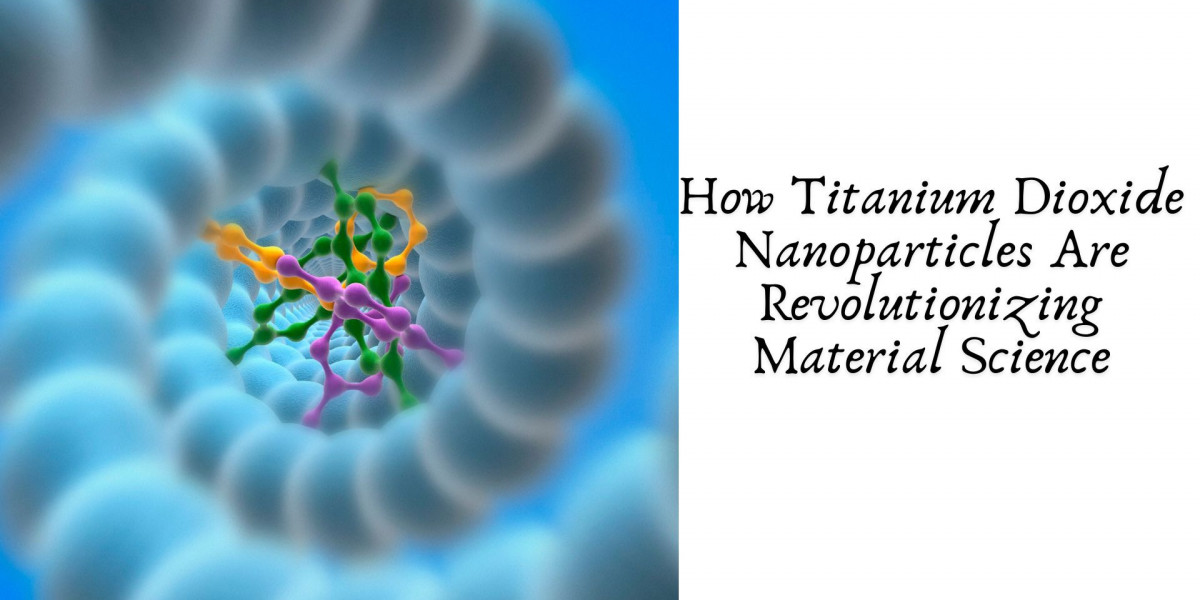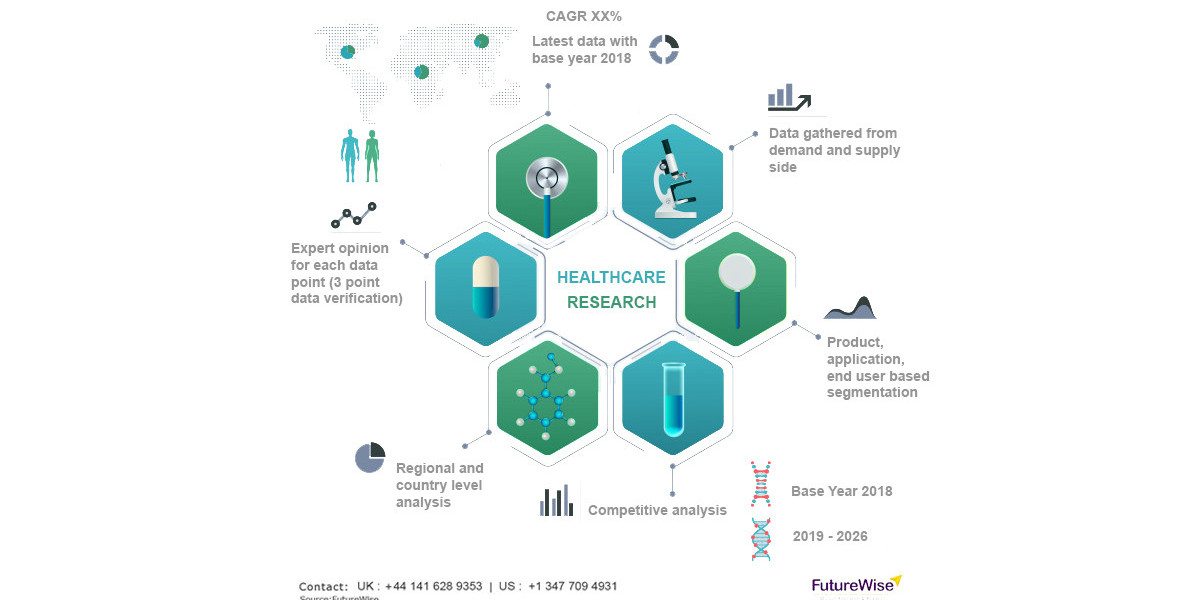Introduction
Titanium dioxide nanoparticles have emerged as a transformative material in various scientific and industrial applications. Due to their unique physicochemical properties, these nanoparticles have revolutionized material science by enhancing performance in fields such as electronics, medicine, environmental protection, and energy storage. This article explores the impact of TiO2 nanoparticles and how they are shaping the future of material science.
Unique Properties of Titanium Dioxide Nanoparticles
Titanium dioxide nanoparticles possess several exceptional characteristics that make them invaluable in material science:
High Surface Area: Due to their nanoscale size, these particles offer a significantly increased surface area, leading to improved reactivity and efficiency in various applications.
Photocatalytic Activity: TiO2 is well known for its strong photocatalytic properties, making it highly effective in environmental remediation and self-cleaning technologies.
UV Absorption: These nanoparticles effectively absorb ultraviolet (UV) radiation, providing UV protection in coatings and cosmetic applications.
Chemical Stability: TiO2 nanoparticles exhibit excellent resistance to chemical degradation, enhancing the durability of materials.
Biocompatibility: The non-toxic nature of TiO2 makes it suitable for biomedical applications, including drug delivery and antibacterial coatings.
Applications of Titanium Dioxide Nanoparticles
Energy Storage and Photovoltaics
TiO2 nanoparticles play a crucial role in improving the efficiency of solar cells and energy storage devices. Dye-sensitized solar cells (DSSCs) utilize TiO2 as a semiconductor material, significantly enhancing light absorption and energy conversion. Additionally, TiO2 nanoparticles are used in lithium-ion batteries to improve charge retention and cycling stability.
Environmental Applications
The strong photocatalytic properties of TiO2 nanoparticles make them instrumental in environmental protection. They are widely used for air and water purification by degrading harmful pollutants under UV light exposure. TiO2-based coatings on building materials also contribute to self-cleaning and anti-bacterial surfaces, reducing maintenance costs and environmental impact.
Biomedical and Pharmaceutical Innovations
Titanium dioxide nanoparticles have paved the way for advancements in nanomedicine. They are used in targeted drug delivery systems, where their biocompatibility ensures safe interaction with biological tissues. TiO2 nanoparticles also exhibit antimicrobial properties, making them suitable for use in medical implants and wound dressings.
Advanced Coatings and Paints
TiO2 nanoparticles are extensively used in coatings and paints due to their UV-blocking properties, which enhance durability and prevent material degradation. These coatings are applied to buildings, vehicles, and even textiles to provide self-cleaning and antimicrobial benefits.
Electronics and Optoelectronics
In the electronics industry, TiO2 nanoparticles are utilized in the development of sensors, capacitors, and memory storage devices. Their high dielectric constant and optical properties make them essential in optoelectronic applications, including LEDs and high-performance displays.
Challenges and Future Prospects
Despite their remarkable benefits, the use of TiO2 nanoparticles presents certain challenges, such as potential environmental and health risks associated with their widespread application. Ongoing research aims to develop safer and more sustainable TiO2 nanomaterials through surface modifications and hybrid nanocomposites.
Future advancements are expected to focus on optimizing the synthesis and functionalization of TiO2 nanoparticles to enhance their efficiency and application range. Researchers are also exploring novel ways to integrate TiO2 into next-generation technologies, including artificial intelligence-driven material design and bio-inspired nanostructures.
Conclusion
Titanium dioxide nanoparticles are undeniably revolutionizing material science by offering innovative solutions across multiple industries. From energy storage and environmental protection to biomedical applications and advanced coatings, their potential is vast and continues to expand. As research progresses, the sustainable and responsible use of TiO2 nanoparticles will be key in maximizing their benefits while minimizing any associated risks, ensuring a brighter future for material science and technology.









